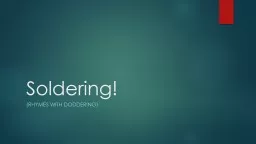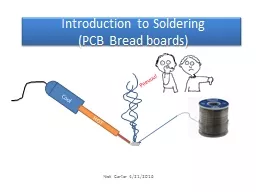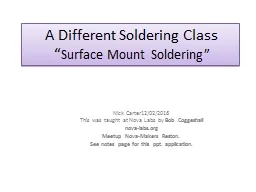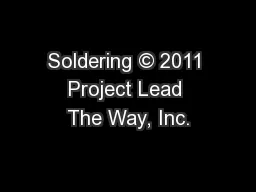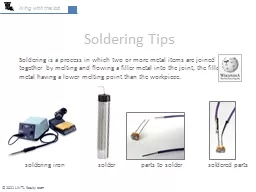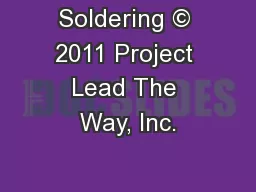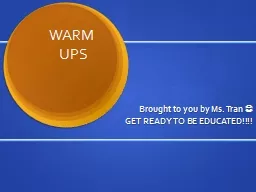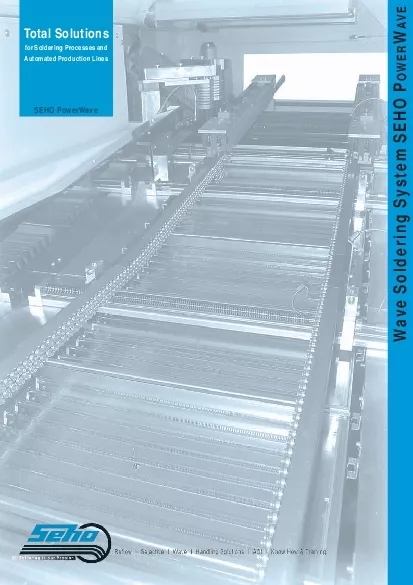PPT-Soldering! (Rhymes with Doddering)
Author : cheryl-pisano | Published Date : 2018-10-26
SRNorr UMD Definition Soldering A process in which two or more items usually metal are joined together by melting and putting a filler metal solder into the joint
Presentation Embed Code
Download Presentation
Download Presentation The PPT/PDF document "Soldering! (Rhymes with Doddering)" is the property of its rightful owner. Permission is granted to download and print the materials on this website for personal, non-commercial use only, and to display it on your personal computer provided you do not modify the materials and that you retain all copyright notices contained in the materials. By downloading content from our website, you accept the terms of this agreement.
Soldering! (Rhymes with Doddering): Transcript
Download Rules Of Document
"Soldering! (Rhymes with Doddering)"The content belongs to its owner. You may download and print it for personal use, without modification, and keep all copyright notices. By downloading, you agree to these terms.
Related Documents

